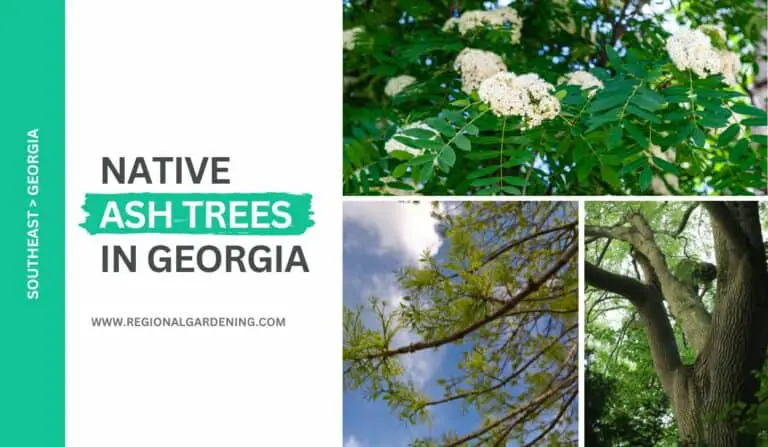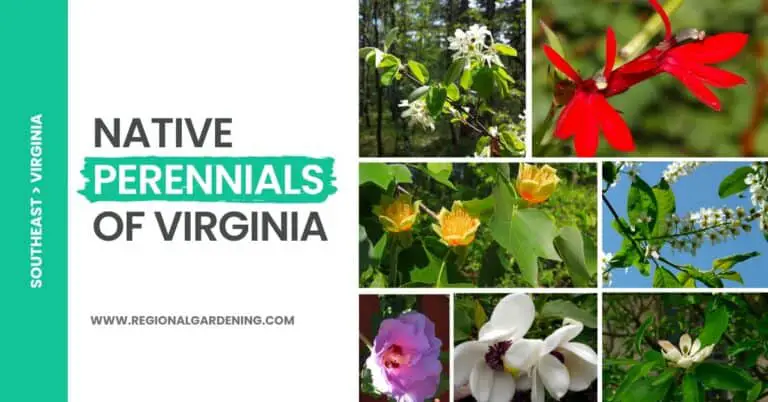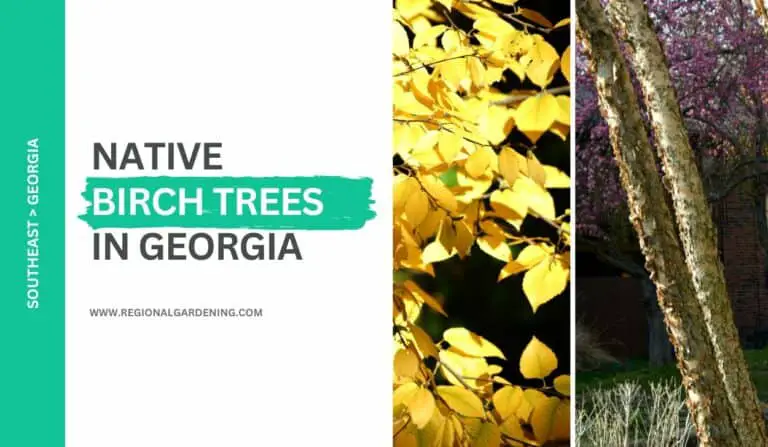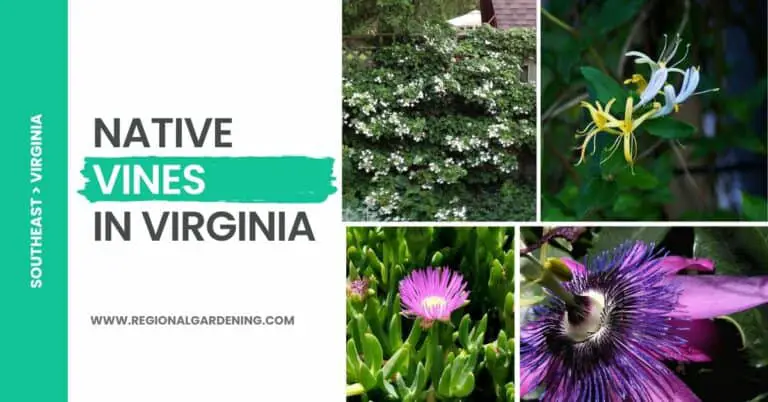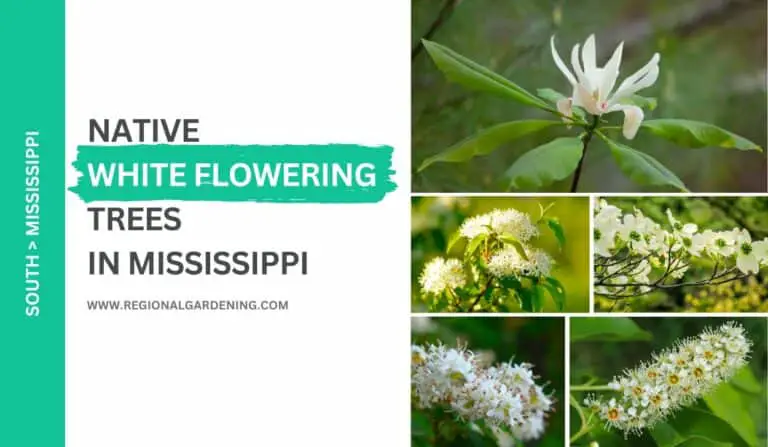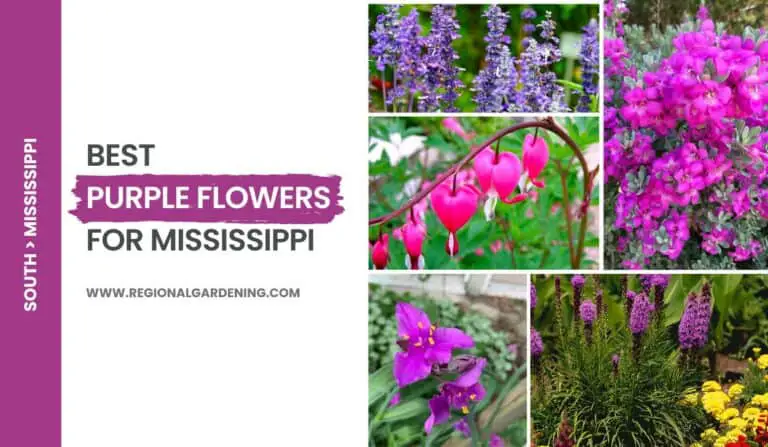2 Common Cypress Trees In Mississippi (Photos & Identification)
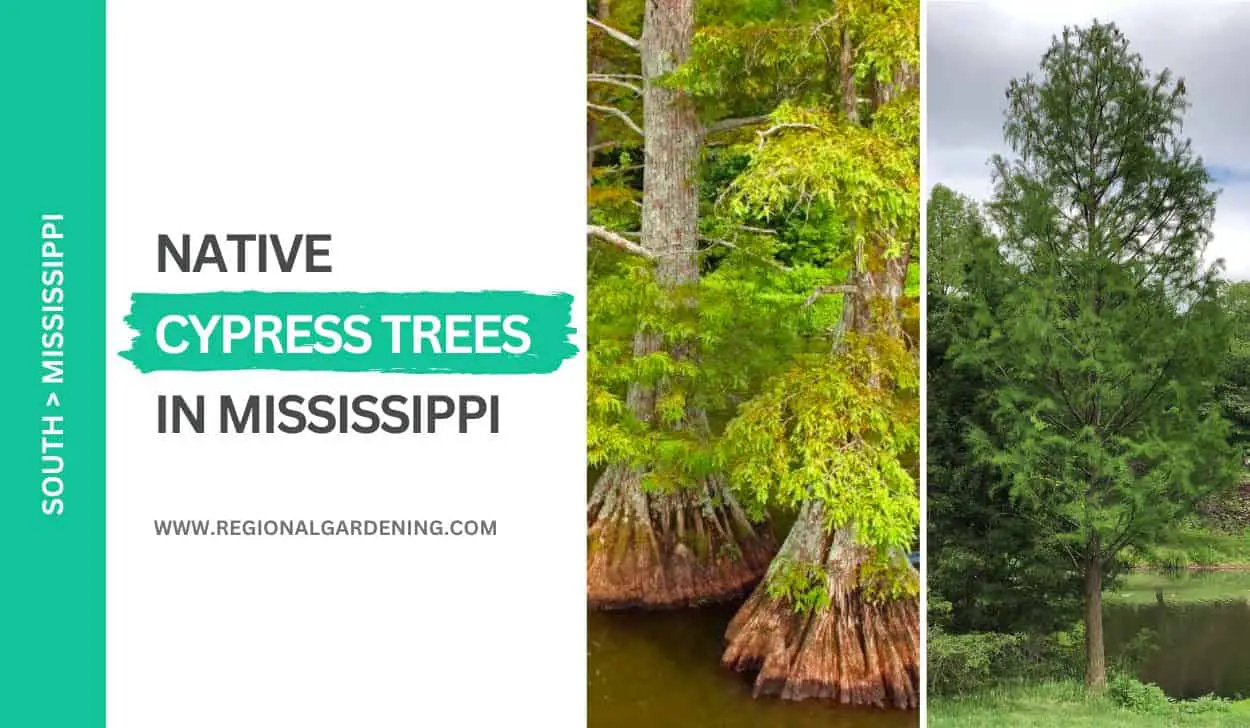
Mississippi has a lot of different landscapes that are beautiful to look at. It also has a lot of sunshine, which helps natural wonders grow. The cypress trees are a botanical treasure that is waiting to be found.
These trees are a great example of how unique Mississippi’s biodiversity is. They are part of a fascinating genus with 20 different species, two of which are native to the state’s heart.
In this article, we will go on a journey to discover the fascinating world of 8 species of cypress trees, each of which has its own unique traits and grows best in a certain environment.
So, without further ado, let us start learning about the cypress trees in Mississippi. This article tells you everything you need to know about each unique species.
So, let’s get started.
1. Bald Cypress
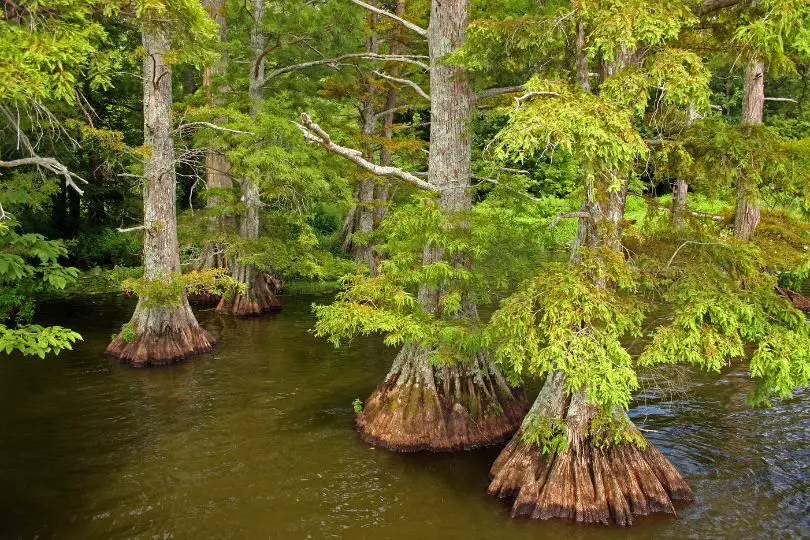
- Common Name: Bald Cypress
- Scientific Name: Taxodium distichum (L.) Rich.
- Mature Height: Up to 130 feet
- Native Range: Atlantic and Gulf Coastal Plains, lower Mississippi River Valley.
- Flowers/Cones: Mature cones are yellow-brown, leathery, and disintegrate at maturity.
- Uses: Seeds feed wildlife; Cypress domes breed birds, and mammals, Trees nest eagles and herons. The timber is used in construction and crafting.
Bald Cypress, also known as southern cypress, swamp cypress, red cypress, yellow cypress, white cypress, or tidewater red-cypress, is a type of tree that grows in swamps and bottomlands.
It can reach a height of 130 feet and has a lifespan of more than 100 years.
The feathery, flat needles of the tree are yellow-green in color. The twigs are slim and light green-tan, turning reddish brown as they age. On the twigs, there are small reddish-brown buds. The tree produces pollen cones as well as ovulation cones. The mature cones are yellow-brown and leathery and dissolve at maturity, releasing 3-winged seeds.
Bald Cypress trees are often found in permanent wetlands, either alone or in association with water tupelo. They prefer soils that are deep, wet, and sandy.
The trees have a moderate tolerance for shade and a low tolerance for drought and fire. They are well adapted to anaerobic environments. The tree’s seeds provide an essential source of food for species such as wild turkeys, wood ducks, and squirrels. Many birds, animals, and reptiles use Bald Cypress as a habitat.
The tree’s heartwood is exceptionally resistant to rot and is utilized for a variety of building uses. With their towering form, exfoliating bark, and rich autumn leaf color, the trees are especially regarded for their landscaping attractiveness.
The resin from the cones is used locally as an anesthetic for skin problems, and the tree’s knees are harvested and used for crafts.
2. Pond Cypress
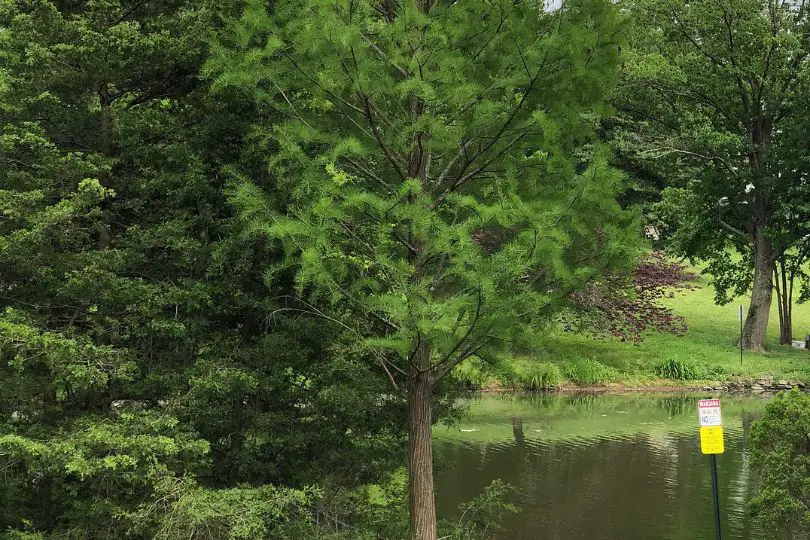
- Common Name: Pond Cypress
- Scientific Name: Taxodium ascendens Brongr. (T. distichum var. nutans (Aiton) Sweet)
- Mature Height: Up to 100 feet
- Native Range: Southeastern Virginia to southern Florida; west to southeastern Louisiana
- Flowers/Cones: Mature cones are globular in shape, and green, turning yellow-brown to reddish-brown.
- Uses: Habitat for tree frogs, toads, and salamanders, occasionally planted as an ornamental tree due to its exciting form and reddish autumn color.
Taxodium ascendens, often known as pond cypress, is a tall tree that can grow to be 100 feet tall. It is indigenous to the southeastern United States, stretching from Virginia through Florida and west to Louisiana.
The needles are fluffy yellow-green, and the twigs are slender and pale greenish tan. Its little green buds eventually turn brown to reddish-brown. Pond cypress cones contain both pollen and ovulation cones.
The mature cones have a diameter of 0.75 to 1.0 inches and turn yellow-brown to reddish-brown. They have peltate, leathery scales and often decompose after a year. The seeds of the tree are identical to those of the bald cypress.
Pond cypress is found primarily in shallow ponds and poorly drained coastal plain habitats. It likes acidic soils and, like the bald cypress, is rarely found in river and stream swamps. The tree is also shade tolerant and can tolerate anaerobic conditions. It is a slow-growing tree that can grow 35 feet in 20 years and has a lifespan of more than 100 years.
The pond cypress tree is ecologically significant because it offers a breeding habitat for tree frogs, toads, and salamanders. It also provides breeding and habitat for a variety of birds, including herons and egrets. The ponds generated by the trees provide vital watering spots for the surrounding fauna.
Pond cypress lumber is regularly marketed with bald cypress wood and is occasionally planted for its attractive form and autumn color. Furthermore, early Native American cultures in Florida used cypress wood for textiles, houses, cooking equipment, and even drums and tombs.
Common Cypress Trees In Mississippi – Frequently Asked Questions (FAQs)
Let’s go through some of the most frequently asked seen questions and queries regarding native or common cypress trees in Mississippi.
Are there cypress trees in Mississippi?
Yes, cypress trees can be found in Mississippi, adding to the state’s diverse and enchanting landscape. The iconic cypress trees, such as the bald cypress (Taxodium distichum), thrive in a variety of habitats throughout Mississippi. These magnificent trees are frequently found in wetland areas such as swamps, bayous, and riverbanks, where they create stunning vistas and provide vital habitats for a variety of wildlife species.
The bald cypress, in particular, thrives in Mississippi’s climate and can be found in both natural and cultivated settings. Its distinctive “knees” that rise from the water’s surface, as well as its graceful branches laden with feathery foliage, add to the natural beauty of the state.
What are the uses of cypress trees in Mississippi?
Mississippi cypress trees serve a variety of useful purposes. Their strong, rot-resistant wood is in high demand for construction, including the construction of houses, furniture, and outdoor structures. Because of their ability to thrive in wetland environments, trees are essential for stabilizing soil along riverbanks, reducing erosion, and improving water quality.
Additionally, cypress trees provide critical habitat for a variety of wildlife species, thereby increasing biodiversity. Aside from their ecological importance, these trees add to the state’s aesthetic appeal by adorning landscapes with their picturesque presence.
Furthermore, cypress forests provide opportunities for recreational activities such as birdwatching, boating, and nature exploration, making them an important part of Mississippi’s cultural and economic fabric.
Are there any non-native cypress trees in Mississippi?
Yes, non-native cypress trees have also found their way to Mississippi’s landscape. Italian cypress (Cupressus sempervirens) and Monterey cypress (Cupressus macrocarpa), both native to the Mediterranean region and California, have been cultivated in the state.
These non-native cypress species contribute to the visual diversity of Mississippi’s scenery, often used in landscaping and ornamental plantings. While the native bald cypress (Taxodium distichum) remains a prominent presence, the introduction of non-native cypress trees adds another layer of charm to the state’s natural beauty and demonstrates these trees’ adaptability to Mississippi’s environment.
Similar Articles
- Native Flowering Trees In Mississippi
- Common Fruit Trees In Mississippi
- Common Palm Trees In Mississippi
- Native Pine Trees In Mississippi
- Native Oak Trees In Mississippi
- Native Maple Trees In Mississippi
- Common Birch Trees In Mississippi
- Native Elm Trees In Mississippi
- Native Magnolia Trees In Mississippi
- Native White Flowering Trees In Mississippi
- Common Pink Flowering Trees In Mississippi
- Native Purple Trees In Mississippi
- Native Plum & Cherry Trees In Mississippi
- Native Ash Trees In Mississippi
- Native Hickory Trees In Mississippi
- Native Nut Trees In Mississippi
Sources
The Regional Gardening team makes sure that the information in our articles is accurate by only using sources that are known to be trustworthy. Some of these sources are peer-reviewed journals from government agencies, well-known universities, and scientific research organizations.
- Native Trees For Mississippi Landscapes, Mississippi State University Extension.
- Mississippi Trees, Publications Of Mississippi Forestry Commission.
- Department Of Plant & Soil Sciences, Mississippi State University Extension.
- Tree Care, Mississippi Urban Forest Council.


